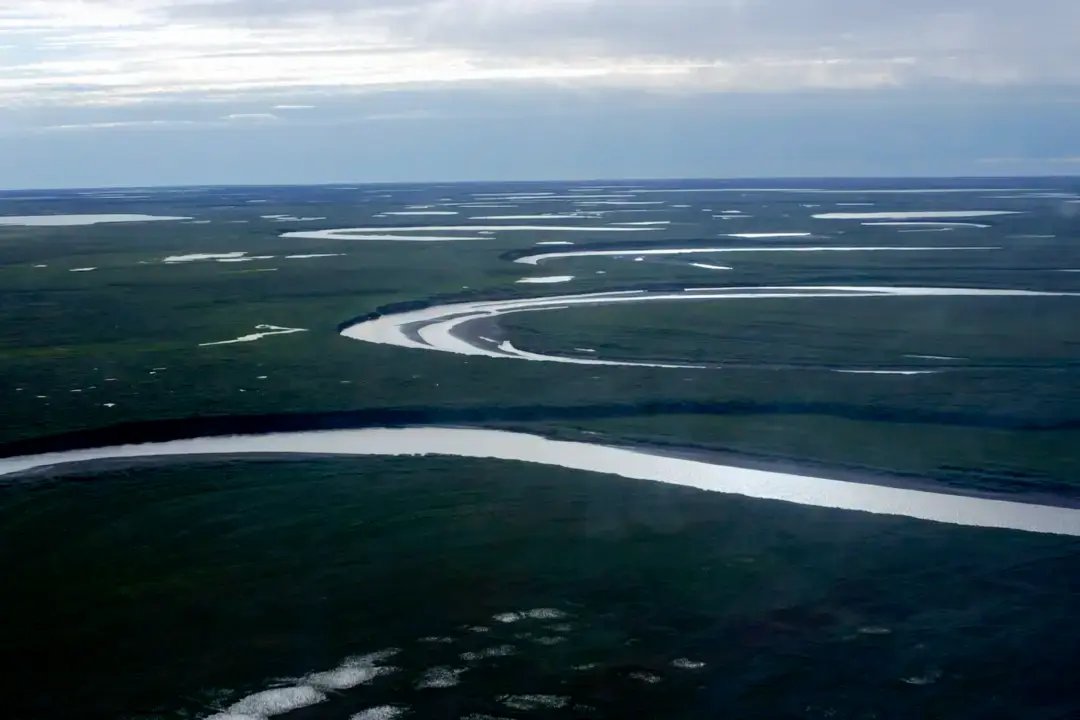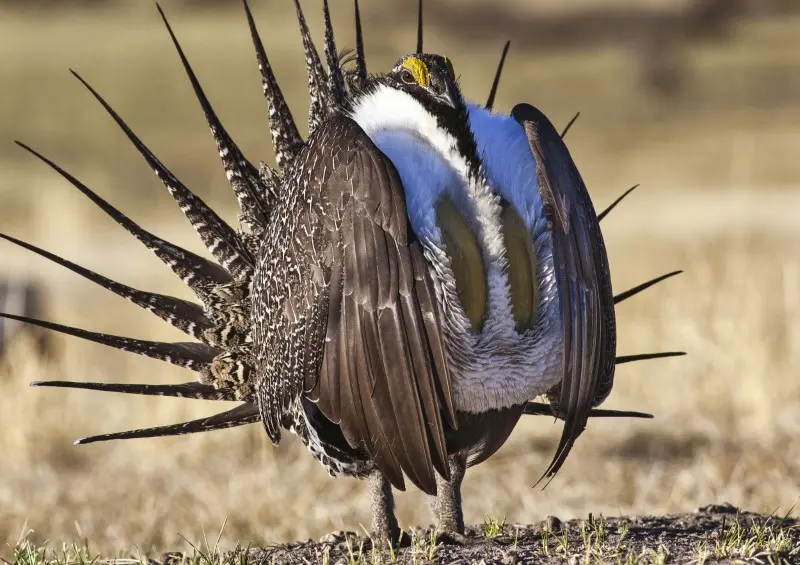Climate experts are warning of possible extreme weather as an El Niño weather pattern arrives this summer along the west coast.
This year’s El Niño looks to be a “strong one,” according to climate expert Dr. Jennifer Francis, a senior scientist at the Woods Hole Climate Research Center in Massachusetts.





